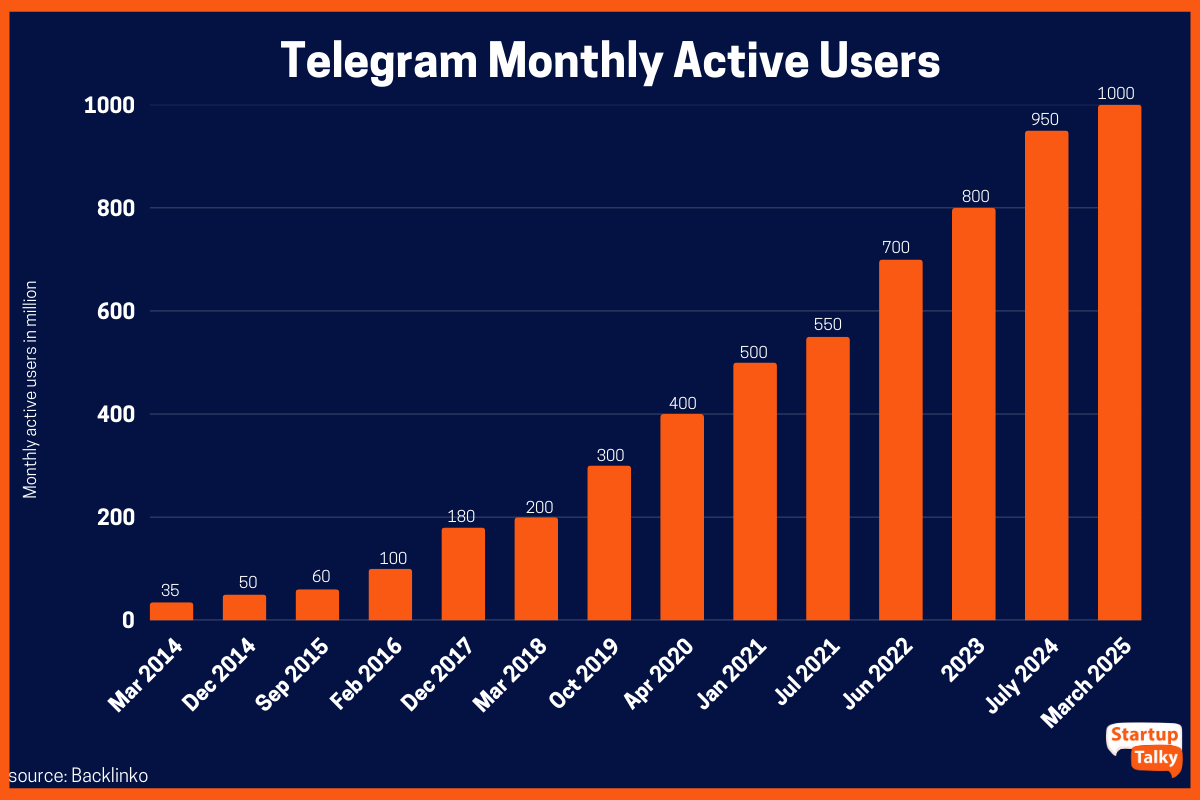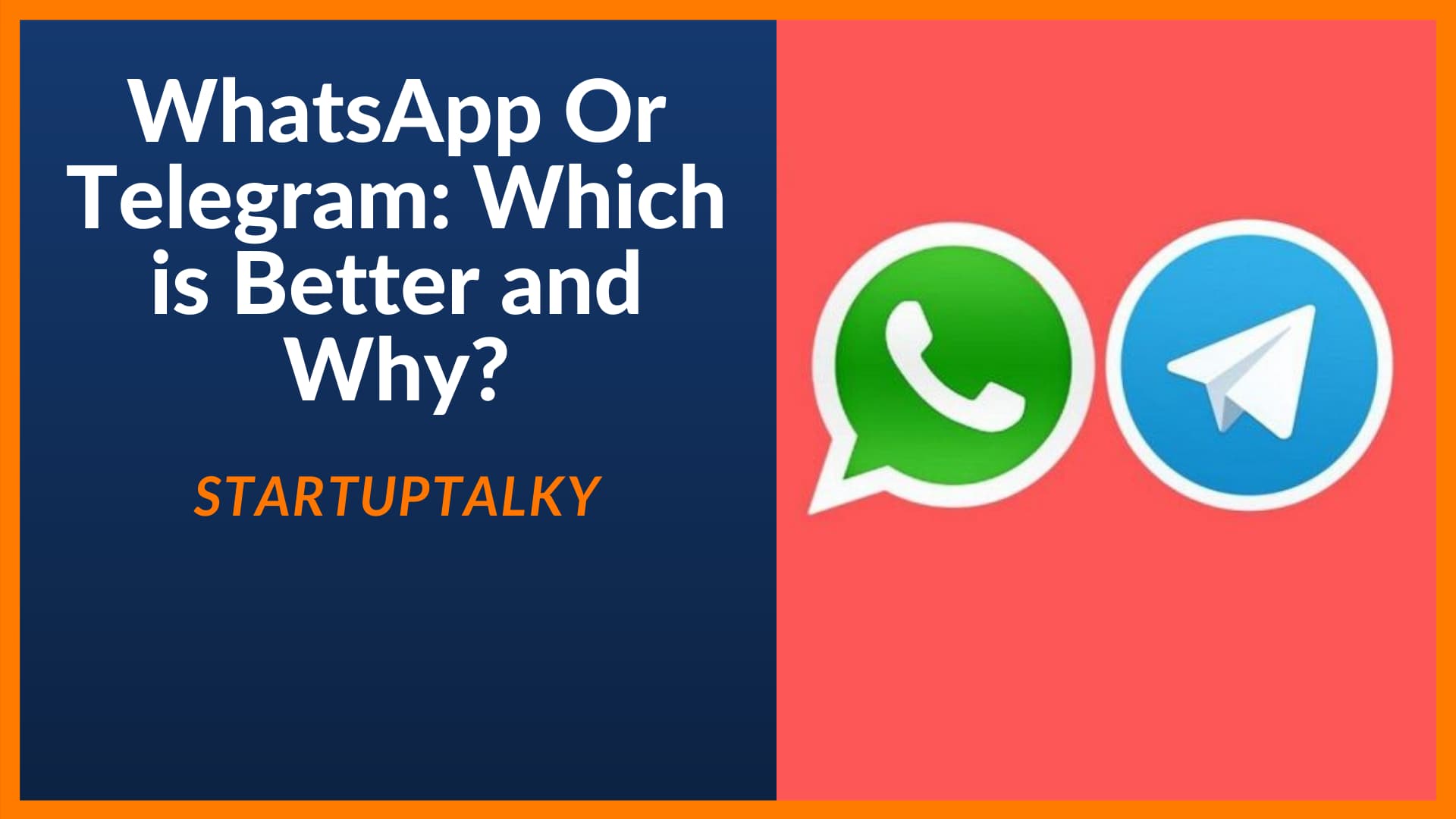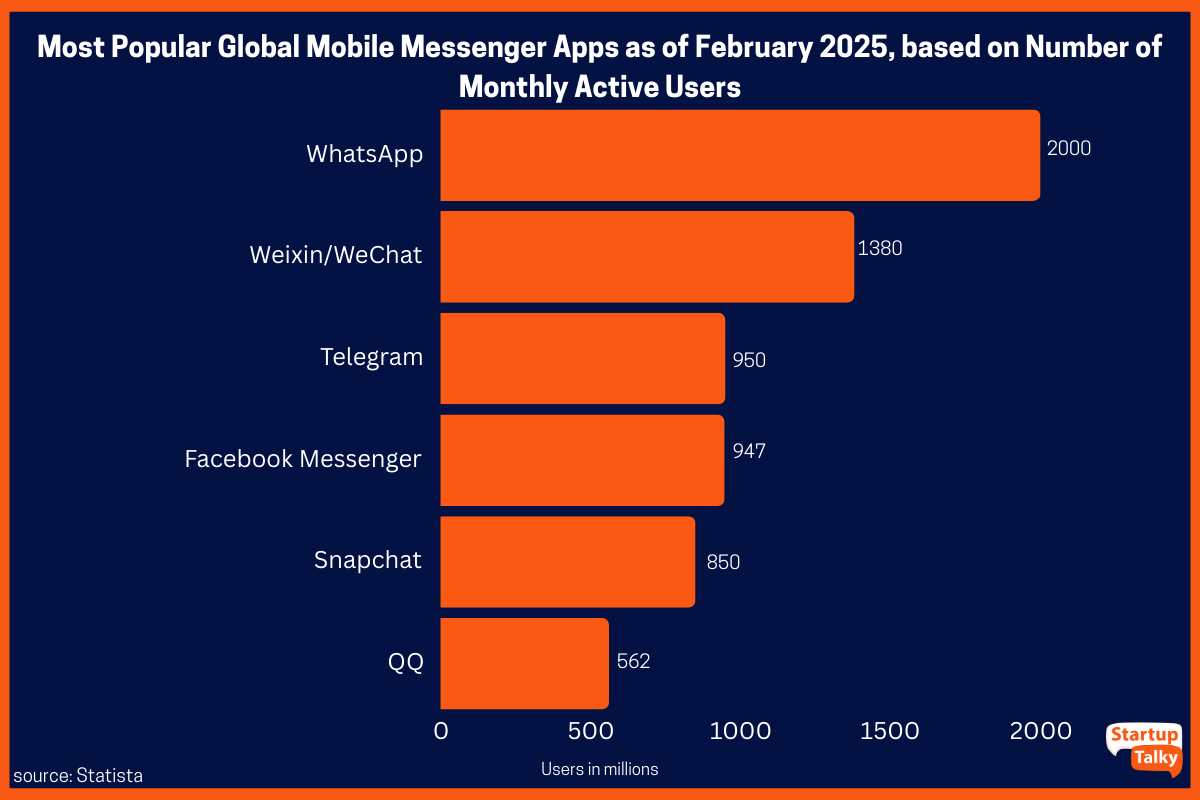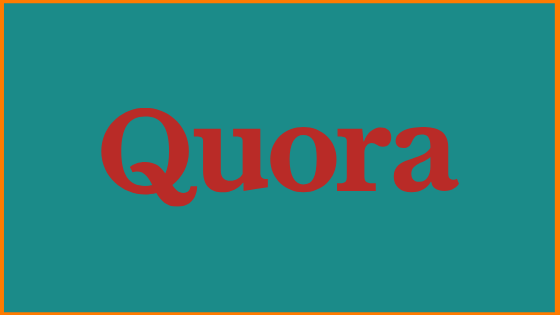In an arena where the digital economy is blossoming, messaging apps have evolved beyond simple communication tools to become platforms for commerce and content sharing. Among them, Telegram, founded by Pavel Durov, has distinguished itself through a unique combination of speed, security, and privacy.
Telegram is amazingly free and open-source software that offers tons of facilities, such as cloud-based instant messaging, end-to-end encryption, and many others. Telegram offers its users dozens of interesting features. They can create their sticker sets as well as create bots. The users can create or join different channels that provide tons of fascinating content for users to subscribe to.
Telegram does not believe in selling ads for promotion because the personal data shared with advertisers could go against its ethos. That’s why all the funding for Telegram comes directly from Pavel Durov. In case of increasing the revenue number, Telegram would begin users’ donations funding or the freemium model.
In June 2022, Telegram switched to freemium when it introduced paid subscriptions. Additional features, such as double the number of channels they could follow, faster download speed, and premium stickers, were provided to the paying users. Reducing fees and taxes, the in-app revenue of the platform exceeded $1 million in October 2022. The largest share came from iOS users.

Telegram is a company that operates in fair secrecy and prioritizes its affirmation of freedom from any pressure that could come from the market or any other nationally assigned restrictions. Telegram has gained immense popularity among its customers in many countries across the globe.
The question of how Telegram earns money is particularly intriguing, given its steadfast approach to user privacy and ad-free experience. This insight adds a compelling layer to the app’s business model, setting it apart from competitors and making it a fascinating subject for analysis. This article is all about the intricacies of Telegram’s fiscal strategies, offering insights into how Telegram works and how it earns money without compromising its core principles. Furthermore, we shall also look at the challenges and risks associated with this approach, providing a comprehensive overview that sheds light on the financial underpinnings of one of the most innovative messaging platforms today.
About Telegram
Telegram Business Model
What Is Unique About the Business Model of Telegram
How does Telegram Make Money | Telegram Revenue Model
Current Revenue Streams
Key Features of Telegram
Target Audience of Telegram
Comparison with Other Messaging Platforms
Challenges and Risks
About Telegram
| MONTHLY WEB TRAFFIC OF TELEGRAM | 453.3 M VISITS (Dec 2024) |
|---|---|
| Number of paying customers | 10 million |
| Main age group of users | 25-34 yrs |
| Share of users | 43% female users and 59% male users |
| Largest market by app downloads | India |
| App downloads | 1 billion (March 2025) |
| Average time spent on Telegram by users worldwide | 4 hours 25 minutes per month |
The very popular open-source messaging application, Telegram, provides various facilities to its customers, including file sharing, VoIP, end-to-end encryption on video calls, and many others. Telegram was founded in August 2013 by Nikolai Durov and Pavel Durov. The company is headquartered in London, United Kingdom, and Dubai, UAE, and is operational. Telegram is the highest preferred messaging application in Uzbekistan and Iran. Today, Telegram has over 700 million active users.
In 2023, Telegram reached around 1 billion downloads, ranked by worldwide downloads, and is the 7th most popular non-gaming app in Google Play. Telegram is an open-source application, but its server is closed-source. More than 15 billion messages are sent through Telegram every day.
Here’s a more detailed look at Telegram’s growth:
- March 2014: 35 million users
- April 2020: 400 million users
- April 2022: 500 million users
- July 2023: 800 million users
- March 2025: 1 billion users
Telegram has experienced remarkable growth, expanding its user base from 35 million in March 2014 to 800 million by July 2023—a surge of over 2185%. Notably, the platform doubled its users from 400 million to 800 million between April 2020 and April 2022 alone.
Telegram provides its server, which is distributed to five data centers located in various regions to minimize the company’s data load. The operational centers are established in Dubai, United Arab Emirates. Meanwhile, the legal center was established in London, United Kingdom.

Telegram Business Model
Telegram’s business model stands out in the competitive scene of messaging apps by focusing on user-centric features and robust privacy measures. This approach not only differentiates it from other platforms but also highlights its unique selling propositions (USPs) that make it a powerful tool for users worldwide.

Telegram’s business model is entirely based on users’ convenience and features. The company was founded in 2013, but it hasn’t generated much revenue. Back in 2018, Telegram revealed its intentions to create its blockchain network called Telegram Open Network (TON), as well as a cryptocurrency token called Gram. The goal of this project was to transform the way people communicate online by providing a secure and decentralized platform for various applications, including payments. Through an Initial Coin Offering, Telegram raised more than $1.7 billion. But later, in 2019, the SEC stopped this plan and announced it was unlawful (The SEC alleged that Telegram’s Gram tokens were unregistered securities and that the company had violated securities laws).
After this, the co-founder Durov kept the company up with the money he earned from selling the VK stake he owned.
But lately, Telegram has experienced immense growth because of this, the company has monetized the service. In 2020, Telegram’s CEO, Durov announced on his public Telegram channel that they would be monetizing Telegram’s services.
Telegram would not charge any cost to the users, nor would it show any ads in private or group chats. That’s why Telegram is looking forward to other methods to gain enough revenue.
Telegram Boosts Business Model with Premium AI Bot Automation
Telegram’s latest update strengthens its business model by expanding automation features for Premium Telegram Business accounts. Businesses can now integrate third-party bots—including AI-powered ones—to handle messaging, profile updates, transactions, and story posting. These bots can be granted granular permissions, such as managing messages or editing posts, enhancing workflow automation for business users. This focus on advanced automation and premium business tools highlights Telegram’s strategy to monetize its vast user base through paid subscriptions and value-added services tailored for enterprises and professional users.
User-centric Focus – The X Factor
Telegram has been pretty vocal about its emphasis on user convenience and a feature-rich experience. Unlike many other messaging apps, Telegram was not designed with profit generation as its primary goal. Instead, the platform focuses on providing a seamless and enhanced messaging experience. This is evident from its introduction of innovative features such as chat folders, message scheduling, and the ability to edit sent messages, which significantly enhance user convenience. The platform’s dedication to maintaining an ad-free environment in private chats underscores its commitment to user experience over revenue generation. BTW, there’s a Telegram X as well for people who love flexibility. Phew!
Privacy Is Precious, Indeed
Telegram’s approach to privacy is revolutionary and forms a core part of its business model. The platform offers end-to-end encryption for private conversations, ensuring that only the communicating users can access the messages. Telegram’s stringent data protection policies are highlighted by its record of disclosing zero bytes of user data to third parties, including governments. This commitment is further supported by features like two-factor authentication, self-destructing messages, and customizable privacy settings that allow users to control who sees their profile information and messaging status.
Feature Set, Spoil Them With Options
Telegram’s array of unique features significantly contributes to its standing as a preferred messaging app. The platform supports a multitude of user-friendly features, such as the ability to send silent messages, which do not disturb the receiver, and the option to delete messages for all participants long after they have been sent. Additionally, Telegram offers advanced security features like passcode and biometric locks for individual chats, enhancing personal security. The app’s ability to handle large groups and broadcast channels effectively, coupled with minimalistic, privacy-conscious sponsored messages, provides a balanced approach to user engagement and platform monetization.
Telegram, thus, not only ensures a high level of user satisfaction but also aligns with the growing global demand for digital privacy and secure communication. This strategic focus on user benefits over direct profitability sets Telegram apart in the digital communication space, making its business approach a powerful example of innovation and user-first orientation in technology.

What Is Unique About the Business Model of Telegram
Telegram runs on a very smooth business model, and the most unique thing about it is that Telegram wasn’t made to make a profit. The messaging application Telegram was founded to make messaging handy for users with many fascinating features. It has a whole bunch of features that make it unique from the other applications. These features are:
- Telegram offers the option of editing the text after sending it. You can also delete them from both sides at your convenience.
- You can access your messages anytime from any device through the availability of a cross-platform.
- Options for replying, hashtags, and mentioning to make your chatting more fruitful.
- A feature to mute any group so that you don’t get unnecessary notifications.
- A feature to pin any message, which will be displayed at the top of the chat screen.
- Share any file with a maximum size of 2GB or more.
How Does Telegram Make Money | Telegram Revenue Model

Telegram does not make any profit from its application and services. In 2020, there was zero revenue made. The founders believe in providing fast and secure messaging. Telegram does not believe in selling ads for promotion because the personal data shared with advertisers could go against its ethos. Telegram. In June 2022, Telegram launched Telegram Premium, a subscription model that offers extended limits, faster download speed, and larger file uploads.
Although the company does have backup plans in case of urgent money, Telegram would look for non-essential paid options to generate money. Telegram prioritizes its customers the most and provides them with the best features for free. Telegram usually makes money from its founders, which is a significant source of income. Telegram also started offering a variety of in-app purchases, such as premium stickers and emoji packs. These purchases generate revenue for Telegram through the App Store and Google Play Store.
Current Revenue Streams
Telegram has innovatively expanded its revenue streams, adapting to the evolving digital verticals while maintaining its user-centric philosophy.

Here’s a closer look at the primary sources through which Telegram generates revenue:
In-app Purchases
Telegram introduced “Telegram Stars,” an in-app payment system that allows users to buy digital goods and services within the platform’s mini-apps, such as games and productivity tools. This system not only enhances the user experience by integrating a seamless transaction process but also adheres to the digital product sale guidelines of major app stores. Users can purchase Stars directly in the app and use them for a variety of digital products, enhancing engagement within the Telegram ecosystem. Additionally, these Stars can be converted to TON, the native token of The Open Network, through the Fragment exchange, highlighting Telegram’s innovative approach to in-app purchases.
Premium Subscriptions
Telegram Premium, launched as a voluntary subscription service, offers users additional exclusive features while supporting the app’s development. Features like doubled limits, 4GB file uploads, and advanced chat management are just a few of the benefits that enhance user interaction and platform utility. This subscription model is part of Telegram’s sustainable monetization strategy, driven by user contributions rather than traditional advertising, allowing the platform to remain independent and prioritize user privacy and satisfaction.
Sponsored Messages
The Telegram Ad Platform facilitates the creation of sponsored messages displayed in large public channels with over 1000 subscribers. These messages are designed to increase audience loyalty and boost brand engagement without disrupting the user experience. Sponsored messages on Telegram are unique as they do not contain external links; instead, they direct users to the brand’s channel, fostering a more immersive interaction. This method of advertising emphasizes content quality and relevance, aiming to build long-term trust and loyalty among users.
Through these diversified revenue streams, Telegram continues to thrive as a powerful messaging platform, balancing profitability with its commitment to user privacy and satisfaction. The strategic implementation of these monetization methods underscores Telegram’s unique business approach, setting it apart from other messaging apps in the market.
Here’s a detailed overview of Telegram’s global downloads on the App Store and Google Play since 2017:

Key Features of Telegram
Telegram offers tons of features to make messaging convenient for users. Some of the features are-
- Lock Chat – where you can lock any of your chats with a password.
- Self-destructing Media – where you can put a timer on any of your media, and it will be destroyed after that specific time.
- Two-step verification – where you can protect your account from being hacked with two steps of verification.
- Delete sender’s messages – where you can delete any message or chat from both sides (receiver and sender).
- Telegram Premium – It is a paid version of Telegram that includes exclusive additional features. Telegram Premium features with a higher upload size, fast download speed, Premium Stickers, Advanced Chat Management, and more.

Target Audience of Telegram
Telegram offers dozens of features and user preferences. The Telegram app is specially designed for people above the age of 16 years, with no parental controls overhead. This messaging application targets the youth with many end-to-end encrypted features.
Comparison with Other Messaging Platforms
Revenue Models of Other Apps
When comparing Telegram to other messaging platforms like WhatsApp, the revenue models reveal distinct approaches. WhatsApp, owned by Meta, primarily utilizes the WhatsApp Business API to support businesses in automating communication and managing customer interactions effectively. This includes features like approved message templates and conversational chatbots, which enhance the customer experience by personalizing interactions based on the user’s profile. Additionally, WhatsApp introduced a payment feature in India, allowing direct bank transfers within the app, ensuring secure transactions without storing sensitive financial data.
In contrast, Telegram focuses on user contributions and minimal advertising through its unique features, such as Telegram Premium and sponsored messages. Telegram Premium offers enhanced capabilities for a subscription fee, while sponsored messages in large public channels provide a non-intrusive advertising option, aligning with Telegram’s user privacy commitment.
User Privacy and Data Handling
Privacy and security are paramount in today’s digital communication industry. Telegram and WhatsApp both offer end-to-end encryption, but their implementation differs significantly. WhatsApp encrypts all communications by default, ensuring that only the communicating users can access the content. However, its backups stored on cloud services are not encrypted, which could pose a security risk.
Telegram, on the other hand, provides optional end-to-end encryption through its “Secret Chats” feature, which is not enabled by default. Regular chats use client-server encryption and are stored on Telegram’s servers, accessible across multiple devices. This flexibility is appealing to those who prioritize convenience but raises concerns for users seeking stringent privacy measures. Telegram’s commitment to user privacy is further emphasized by features like self-destructing messages and customizable privacy settings, which are not as prevalent on WhatsApp.
Market Positioning
The market positioning of Telegram and WhatsApp reflects their differing priorities and user base appeal. WhatsApp’s widespread adoption and default encryption make it a preferred choice for everyday users seeking reliable and straightforward communication. Its integration into the broader Meta ecosystem also provides seamless connectivity with other services, appealing to a vast global audience.
Conversely, Telegram appeals to users who value privacy, flexibility, and extensive features. Its ability to handle large groups and channels, coupled with robust file-sharing capabilities (supporting files up to 2GB), positions it as a versatile platform suitable for both personal and professional use. Telegram’s design and open API also attract tech-savvy users and developers looking for a customizable and secure messaging environment.
Both platforms have carved niches that cater to specific user needs, whether it’s enhancing user privacy or integrating business functionalities. The choice between Telegram and WhatsApp often depends on the user’s priorities, such as default security features versus flexible privacy controls and rich feature sets.

As of February 2025, WhatsApp leads the global messaging space with 2 billion monthly active users, reflecting its deep penetration in international markets, especially outside the U.S. In comparison, WeChat reported over 1.38 billion users, and Facebook Messenger had around 947 million users globally. The rise of instant messaging services—allowing real-time text communication over the internet—has been fueled by the widespread adoption of smartphones and mobile apps. These platforms have evolved far beyond simple text, now offering group chats, multimedia sharing (images, videos, audio), and interactive features like stickers and emoticons, making them versatile tools for both personal and professional communication.

Challenges and Risks
Regulatory Hurdles
Telegram’s steadfast focus on privacy and security, while a significant unique selling proposition, also brings forth substantial regulatory challenges. The platform’s commitment to user privacy and its encrypted communication services limit its ability to regulate content effectively. This has led to controversies, especially when governments demand oversight over illegal activities. The absence of a clear procedure for moderating public channels based on government requests can lead to speculation and uncertainty about Telegram’s operations, potentially affecting its reputation and user trust.
Competition
In the competitive circles of messaging apps, Telegram faces formidable opponents like WhatsApp, Viber, and Slack, each with its own set of advanced features and user base. While Telegram prioritizes privacy and speed, its competitors often integrate more comprehensive business tools and broader ecosystem connections, which might attract a segment of users looking for more than just secure messaging. Balancing innovation in privacy with competitive features that appeal to a broader audience remains a critical challenge for Telegram.
Sustainability Concerns
Despite its popularity, Telegram’s business model, which prioritizes user convenience over profit generation, raises sustainability concerns. The platform’s reluctance to monetize through traditional methods like advertising or data selling, while admirable, means it must rely on alternative revenue streams such as optional paid features and in-app purchases. This approach may not sustain the financial needs required for scaling operations and developing new technologies. Furthermore, its historical lack of revenue generation as of 2020 puts additional pressure on the platform to find viable long-term financial strategies without compromising its core values.
Conclusion
By weaving together innovative in-app purchases, a premium subscription model, and non-intrusive sponsored messages, Telegram has carved out a unique niche. It has demonstrated that a business model can thrive on principles that prioritize user benefits over sheer profit, highlighting its unique selling proposition (USP) as a haven for secure and private communication. This strategic focus has not only distinguished Telegram among its peers but has also set a benchmark for integrating user-centric values with sustainable monetization strategies in the tech industry. Looking ahead, Telegram’s approach hints at broader implications for messaging platforms and digital businesses at large. Its ability to generate revenue while steadfastly maintaining its core commitments presents a powerful case study on the potential harmonization between user privacy and business growth. Telegram’s model, underscored by a veteran understanding of business intricacies and a deep commitment to research-backed solutions, sets a compelling precedent for future innovation in technology, privacy, and user engagement.
Telegram is a privacy-focused secure messaging application that has grown immensely in the last few years. There’s a lot to talk about when it comes to Telegram. For now, we have the best knowledge regarding its business model.
FAQs
What is the Telegram App?
Telegram is a cloud-based, cross-platform instant messaging service that offers fast, secure messaging, groups, channels, bots, and secret chats.
How much is Telegram’s revenue?
Telegram does not make any profit from its application and services. As of 2020, there is zero revenue made. However, they have started their in-app purchases worldwide and generated 6.1 million U.S. dollars in February 2024.
Who is the founder of Telegram?
Pavel Durov and Nikolai Durov founded Telegram in 2013. Pavel Durov is also Telegram’s CEO.
Who is Pavel Durav?
Pavel Durav is the co-founder and CEO of Telegram.
Is Telegram an Indian app?
No, Telegram was created by a Germany-based tech organization – Durov Software Industry.
Which is the best alternative to Telegram?
Signal messaging app is the best alternative to Telegram.
Who are the top competitors of Telegram?
Telegram’s top competitors include:
- Viber
- Signal
- Slack
- Intis Telecom
How Telegram earn money?
Telegram makes money through various methods such as affiliate marketing and referral programs. Channel or group administrators can share affiliate links or referral codes, earning commissions for every purchase or sign-up made through these referrals.
What is Telegram business model?
Telegram’s business model includes earning from in-app purchases, advertising, promotions, and forming partnerships and collaborations. This model supports the provision of free services to users while also funding its operational needs and promoting growth.
How can businesses utilize Telegram?
Businesses can use Telegram by integrating bots that automate message processing and responses. These bots facilitate the integration of existing tools and workflows, or the implementation of AI assistants to manage communications within the platform.
Can you legitimately earn money using Telegram?
Yes, earning money on Telegram is legitimate. Channel owners can profit through sponsored posts and advertisements. The income from these sources varies depending on the number of subscribers and their engagement levels in the channel.
Is Telegram profitable?
No, Telegram is not yet profitable but is generating revenue through Premium subscriptions, in-app purchases, and sponsored messages.
How to make money on Telegram?
You can make money on Telegram by creating channels or groups to sell products, offer paid content, or promote services. Many creators also earn through sponsored posts, affiliate marketing, or by building mini-apps that use Telegram’s in-app currency, Telegram Stars.






